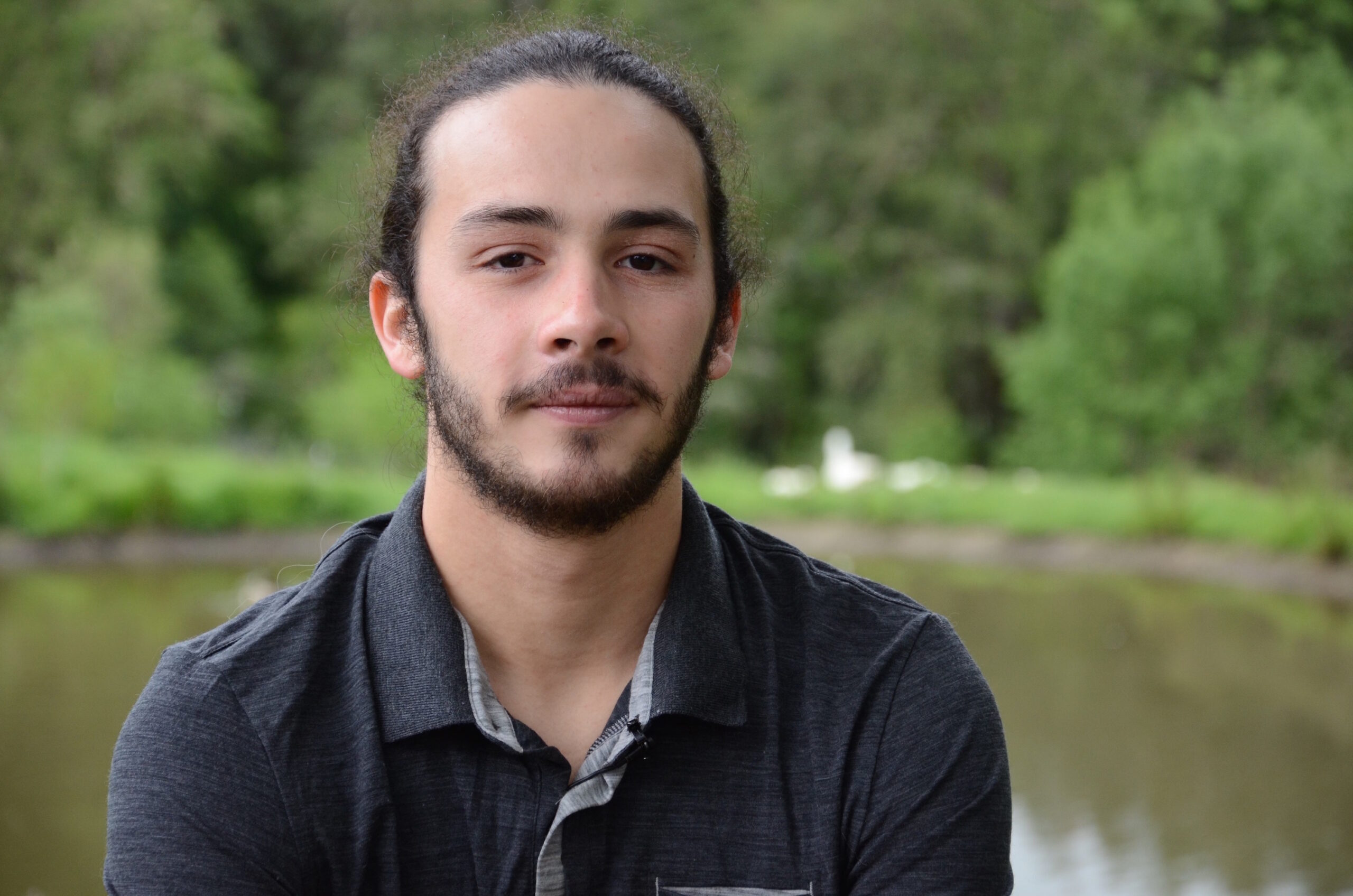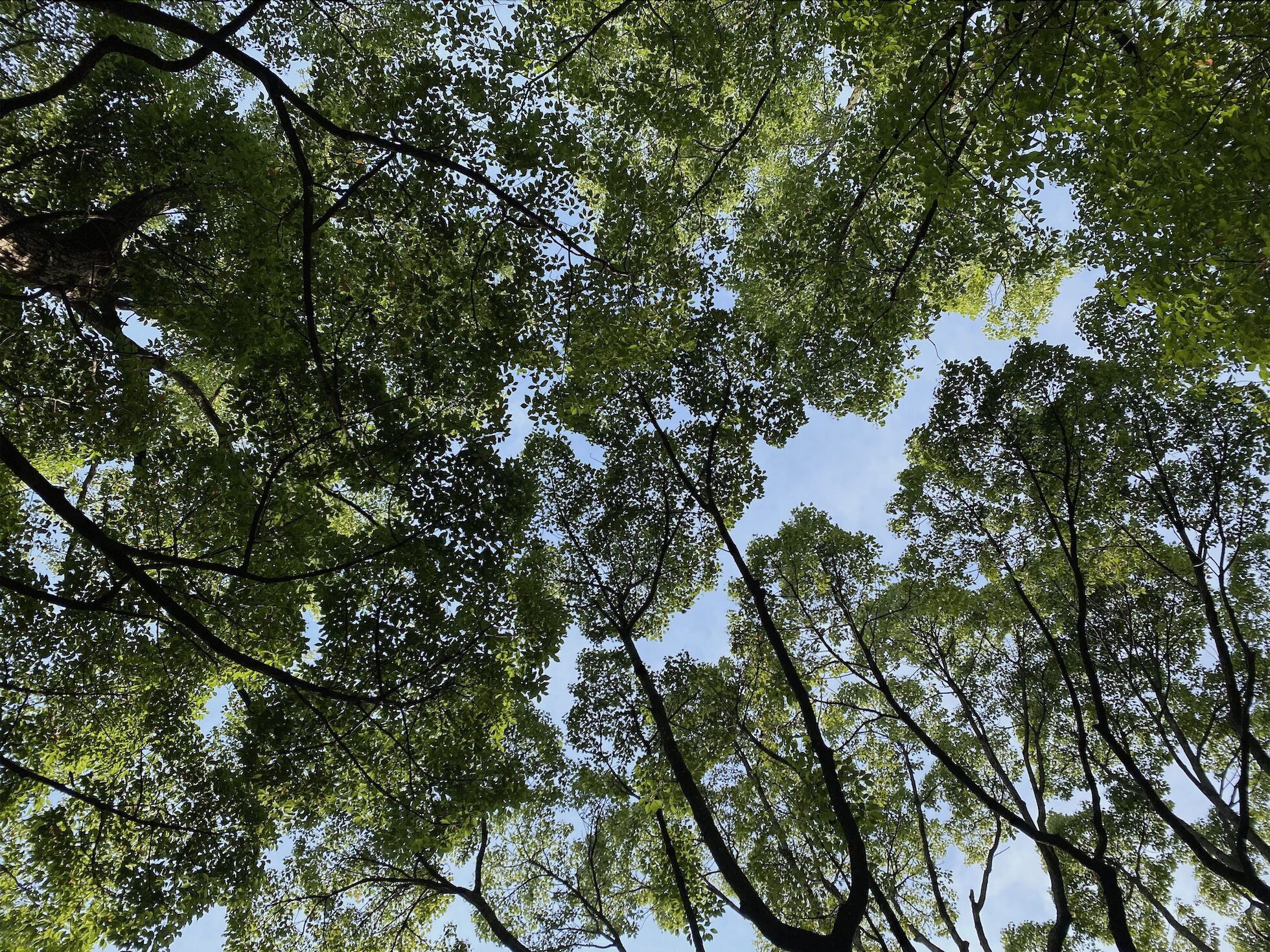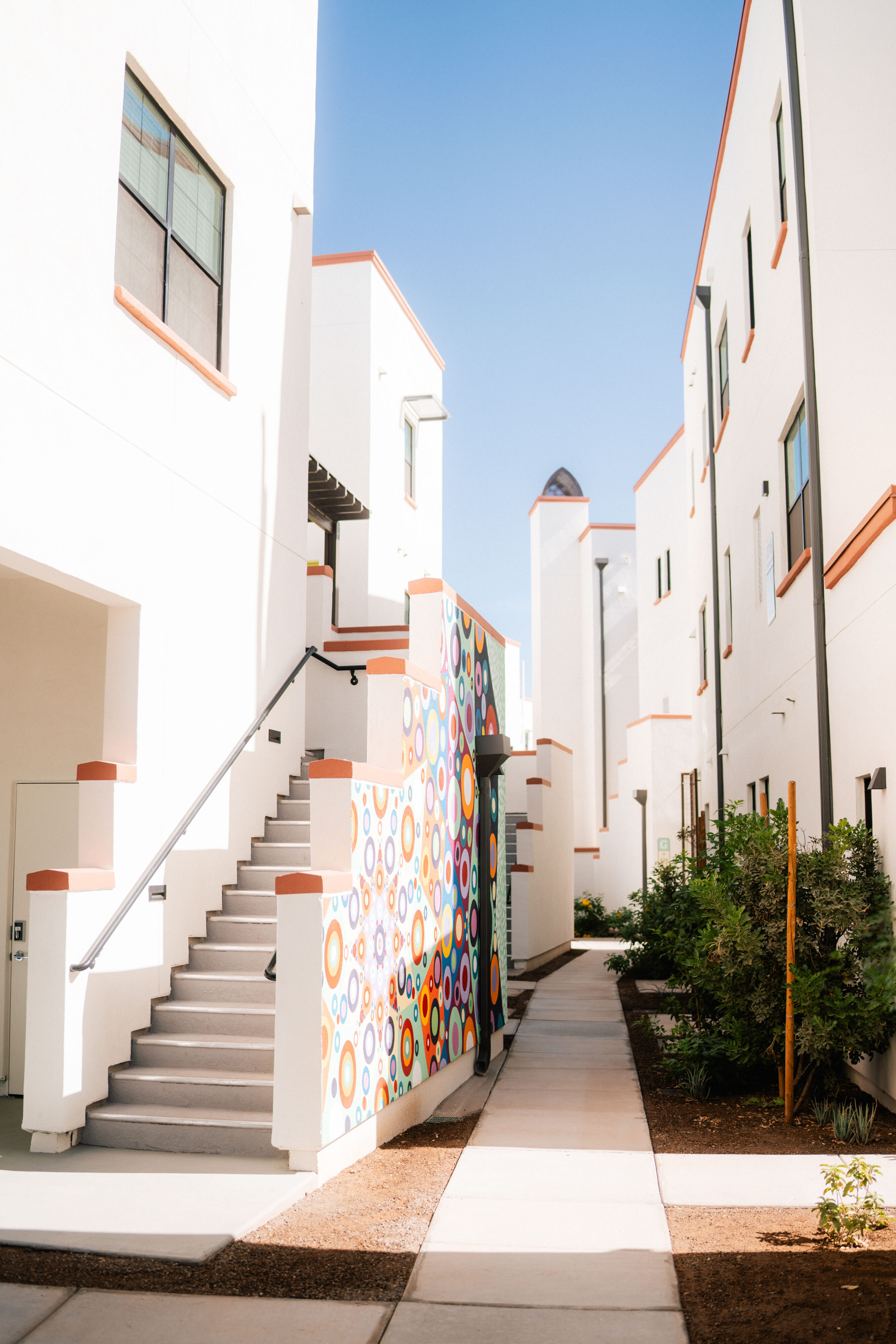 The Standing Rock movement stood for stopping a pipeline but for many it was also about showing the possibility of a more sustainable future. On a trip to the North Dakota pipeline resistance camps in early December, I met with a group of natural builders working on constructing a community school for the children and families staying at the camps.
The Standing Rock movement stood for stopping a pipeline but for many it was also about showing the possibility of a more sustainable future. On a trip to the North Dakota pipeline resistance camps in early December, I met with a group of natural builders working on constructing a community school for the children and families staying at the camps.
They said they were inspired to come to Standing Rock to help create permanent winterized structures for the water protectors opposing the Dakota Access Pipeline, while also demonstrating sustainable alternatives to modern building.
“We tried to build a school using no cement and as few conventional building materials as possible, which generate a lot of waste and use a lot of oil to transport,” said Wade Farrel Lucas, one of the builders on site.
Situated on land at the Sacred Stones camp, the school is being built using an old technique called straw-bale building. To form the walls, straw bales were stacked and woven together with baling twine, tied down to the ground with steel rods then covered completely with a natural clay-based plaster to prevent moisture and rotting.
First developed by early pioneers trying to withstand winter out on the American plains, the concept shares its general principles and reliance on local and earth-based material with a whole family of ancient natural building techniques including cob, earth bag, and adobe. The bales create thick, super-insulated walls — perfect for North Dakota winters, which can see temperatures as low as -40 degrees Fahrenheit.
A straw-bale house can be as durable as a conventional house and is also easy to construct without relying on expensive or imported materials. For the Standing Rock school, the clay earth used to make the plaster was sourced essentially on site from the river wash of the nearby Cannonball River. The straw bales were donations, and the only non-local materials were the two-by-fours, sheet metal, and plywood used for the roof.
“A lot of people don’t know the resources that are available to them right here, right now,” Lucas said. “This is a step forward from our current petrochemical industry.”
The sentiment was echoed by other members of the building team as well.
“I’m here to fight oil not just the pipeline,” said William Haliburton, who helps runs the kitchen for the building crew. “This whole [Sacred Stones] camp is run on propane. We’re trying to make a model that shows by example that we’re not needing those things.”
For heating, the structure relies entirely on a single large rocket mass heater built directly into one of the walls. Unlike conventional wood stoves, a rocket mass heater is designed to burn wood at extremely high temperatures by insulating the combustion chamber and chimney.
In this case, the stove and chimney were built out of cob, a mixture of clay and loose straw fiber, which act as the insulant and also as a thermal mass, capturing the heat produced. As a result, Lucas said the stove requires 25% less wood than a regular fireplace would need to produce the same amount of heat.
Another unique feature of the stove is that the chimney draft pipe runs back down through a large cob bench that protrudes from the wall.
“All the heat gets absorbed in the bench. You can feel it, it’s warm right now,” Lucas said, gesturing to the smooth, rounded structure.
As the protest camps grew in size over the fall and early winter months, air quality issues arose due to the smoke from all of the individual camp and cooking fire. But the complete combustion process of the rocket mass heater also has positive implications for air pollution.
“It actually doesn’t produce smoke; when it comes out of the chimney pipe it’s just water and CO2,” Lucas said.
For Lucas, the Sacred Stones school is only the latest in a series of trips to different areas of the U.S. to help construct earth homes and cob rocket heaters and help educate people about their benefits. It was while attending a Natural Building Colloquium near Santa Barbara, California, in October that he joined a group of fellow builders interested in going to help support the Standing Rock movement.
Whatever the outcome of the broader fight against Dakota Access Pipeline, the school will likely remain to serve families at camp and on the reservation. Unlike some of the larger camps which are on legally contested land, the Sacred Stones camp is situated partly on a tribal land trust and on private land owned by Ladonna Bravebull Allard, an early leader of the Standing Rock movement. The school is part of a larger plan by Allard to have the Sacred Stones camp become a permanent self-sustainable eco-community for tribal youth. Informal classes have already been held showcasing indigenous and traditional skills.
“Someone came to teach basket-weaving and we had a woman here the other day teaching drop-spinning [with] wool,” Haliburton said.
Lucas also hopes that the school will become a permaculture learning center in the future. For now, however, the building is home and bunk for the dozen or so members of the building crew as temperatures plummet and blizzards howl outside the thick stucco walls.
“We were really glad that we got this up before winter so that people can see how resilient and how comfortable these buildings are,” Lucas said. “Hopefully, this can be an example for future building projects at the Standing Rock reservation.”
">A group of natural builders was inspired to come to Standing Rock to help create permanent winterized structures for the water protectors opposing the Dakota Access Pipeline, while also demonstrating sustainable alternatives to modern building.























